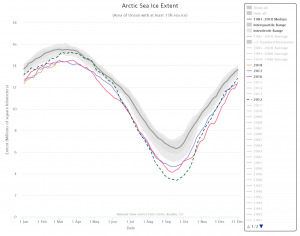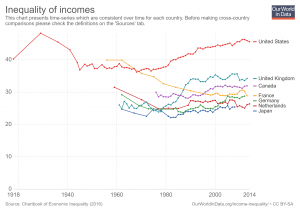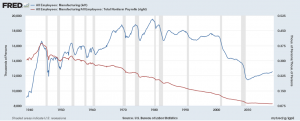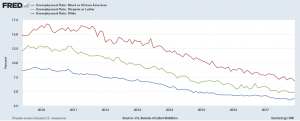 You can find out with Our World in Data’s Sustainable Development Goals tracker.
You can find out with Our World in Data’s Sustainable Development Goals tracker.
In 2015 the world set a new sustainable development agenda, pledging within the United Nations (UN) to achieve 17 development goals by 2030: The Sustainable Development Goals (also known as The Global Goals). Ranging from eradicating poverty, to ensuring clean energy for all, to reaching sustainable levels of consumption, the array of targets across these goals were selected to drive our efforts in the 15 years up to 2030.
Our World in Data has data for all 17 goals on their SDG page. For example, their Goal 5: Achieve gender equality and empower all women and girls page has 24 charts including the one posted here on unmet need for contraception. As is always the case with Our World in Data, each chart has easy access to the data and you can download their graphs.

 Our World in Data has an interactive chart
Our World in Data has an interactive chart






